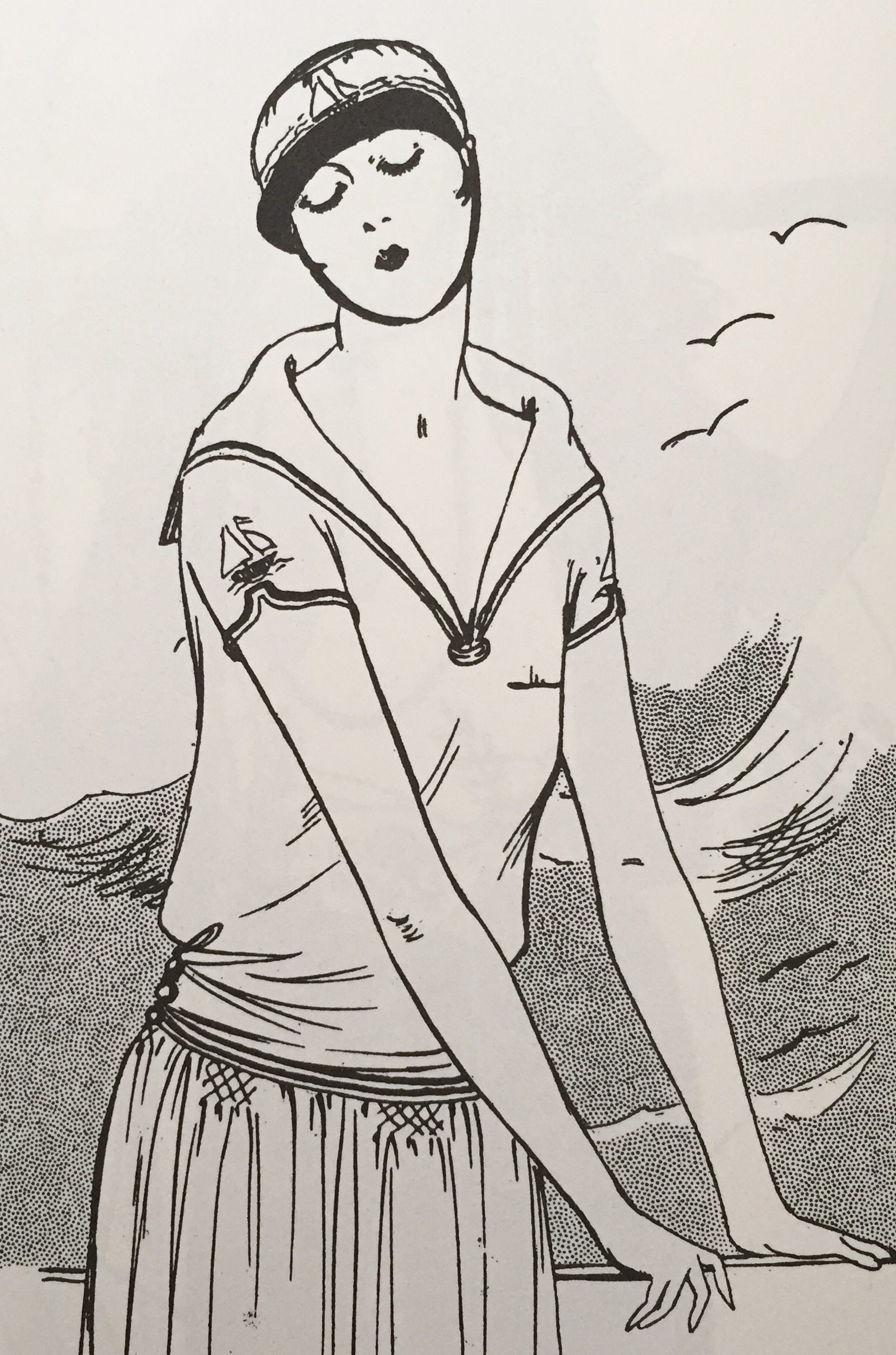Published in 2009, The Thoughtful Dresser anticipates the avalanche of disposable fast fashion and the decline in quality of the contents of our wardrobe. Linda Grant considers 'What fashion is, it's significance, and why clothes matter' as she strips back the reasons we actually wear clothes, why they matter so very much, from the practical need to cover up to protect ourselves from climate, cultural shame and personal embarrassment to the desire to adorn ourselves for the sheer pleasure of seeing ourselves transformed by fabric, the cut of a garment and it's embellishment, to dressing to send out signals about our place in the world.
As Grant explores the concepts of shopping, age appropriate clothes, shoes, handbags and the ideal body, she weaves in the compelling story of Catherine Hill, an Auschwitz survivor, who had an internationally respected career in fashion, pioneering the introduction of European fashion designers into North America. This is an enjoyable device, almost delivering two books in one, providing the reader with an individual journey of the meaning of clothes in Catherine Hill's life, parallel to a meander amongst the other themes.
The Thoughtful Dresser is an antidote to the fickle world of fast fashion as Linda Grant acknowledges our love of fashion; 'People like variety in their clothes. They want the latest fashion. This is to do with the twin desires for pleasure and for change.' She also sincerely believes, as do I, that clothes tell the story of our lives and that if you gathered together all the clothes you'd ever worn you'd have your autobiography. She talks about clothes as being a loyal comrade 'they comfort and protect us; they allow us to be who we want to be... I'm here for you, it says. Don't worry, we'll get through this day together.'.
Rarely does fast fashion hold more than a temporary position in our lives – by design, it is not made to last or has anything about it from which could develop a fond attachment. Ultimately, The Thoughtful Dresser is a reminder of how we use to think about the clothes in our wardrobe and how we valued their role, be it as clothes we could depend on to serve us whatever the occasion or a special number that would absolutely make us feel the best about ourselves. And the good thing is, we can choose to have that profound relationship with clothes once again.
Preferably, order The Thoughtful Dresser through your local independent bookshop, but it's also available on amazon.















